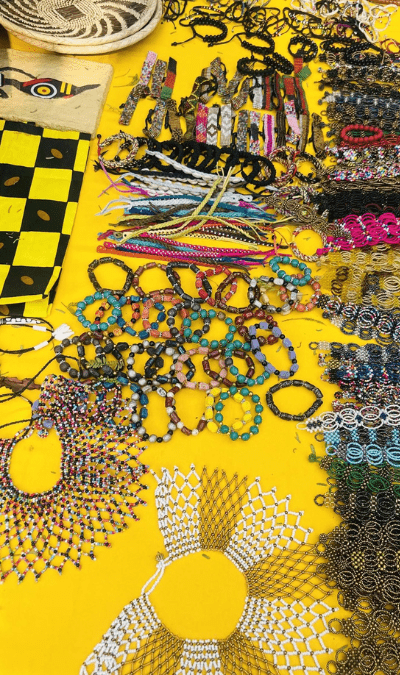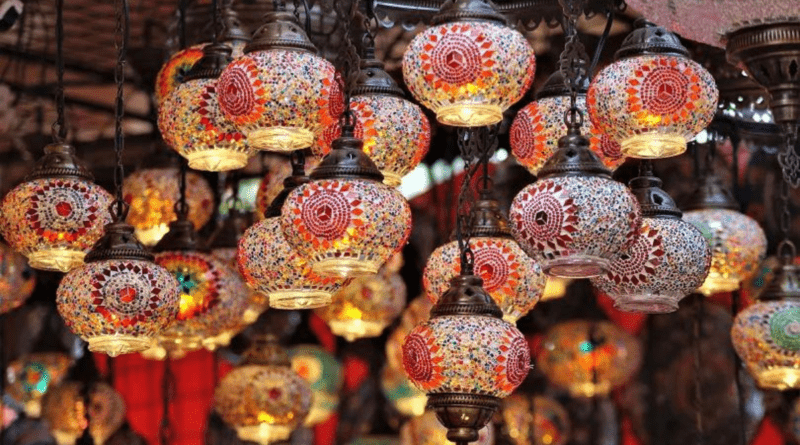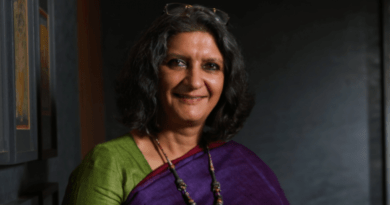Launching The Tantalising Surajkund Mela Of India
The National Capital enthusiastically commemorates the richness of Indian arts and crafts in February. As the winter draws to an end and Basant Panchami approaches, Delhi celebrates Indian arts and crafts with events ranging from the Surajkund Mela (February 2–18) and Aadi Mahotsav (February 10–18) to the Vividhta Ka Amrit Mahotsav honouring the diversity of the northeastern states at Amrit Udyan and the yearly Saras Mela.
The 37th Surajkund International Handicrafts Mela is currently taking place in Faridabad. A long line of cars is forming outside the event site amid the tall buildings, symbolising the aspiration and mobility of modern Indians. An outstanding illustration of community cooperation is the mela that the Surajkund Mela Authority and Haryana Tourism organised in association with the Union ministries of tourism, textiles, culture, and external affairs. It encourages cooperative goals among the many Sustainable Development Goals (SDGs).
Visitors from all across the nation and beyond, as well as residents of Delhi NCR, can enjoy this cultural spectacle, which helps artists gain exposure and improve their standard of living.
The huge Kikar trees that dot the Aravalli Hills provide a beautiful backdrop for the mela’s artwork. The sky is illuminated with giant lanterns, paper bells, flowers, and puppets that are suspended from the trees. Greetings to tourists include colourful murals, communication messages painted on rural walls, candy floss vendors, toy vendors, and panipuri vendors. In addition to being a major source of income, the fair also promotes cultural tourism in the state and offers a valuable window into the world of rural Indian and foreign crafts.
Gujarat is the theme state for this year, and everyone is welcomed with colourful “Khushboo Gujarat Ki” billboards and booklets. The event’s official cultural partner is the Northeastern Handicrafts and Handlooms Development Corporation (NEHHDC).
A colourful kaleidoscope of handlooms, fabrics, bedsheets, décor, masks, toys, and other artefacts are featured at the mela, offering a colourful kaleidoscope to relish. Additionally, a number of folk music, dances, and cultural events are presented simultaneously at different “chaupals” that resemble amphitheatres.
There are indigenous cuisines and delicacies from all over the country for food enthusiasts, with popular dishes like momos, noodles, kulhad, tandoori chai, dal bafla, litti choka, pyaaz ki kachori (as part of the government’s “millet” push).

Here, artisans display their creative abilities and business savvy. Consider 19-year-old Mohd. Siddique, who exhibits his wonderful collection of sarees, suits, and dupattas made of kalamkari. He claims that Bollywood superstars support the art from Pedana Machilipatnam, Andhra Pradesh, which is designated as a Geographical Indication (GI). Siddique is proud of the work his entire family does and has been attending the Surajkund Mela since he was nine years old. We document sales of INR 30,000–40,000 every day. Young people and women adore Kalamkari, he claims. It is evident from the many lampshades, wall hangings, bags, and paintings on display how Kalamkari has evolved throughout time.
Tanzania is this year’s official partner nation of the Surajkund Mela, showcasing its own skills. More than twenty countries have presented their cultural specialties at the international pavilion, which features wooden handicrafts, jute handicrafts, beaded jewellery, wall hangings, traditional clothing, floral art and accessories, musical instruments, and handmade bags, among other attractions. This comprises, among other places, Armenia, Algeria, Afghanistan, Bangladesh, Belarus, Ghana, Thailand, Malawi, Uzbekistan, Cameroon, Eswatini, Nepal, Tunisia, Lebanon, Jordan, Syria, Kazakhstan, Tanzania, Congo, Botswana, Sri Lanka, Cabo Verde, Uganda, Madagascar, Togo, Seychelles, and Zambia.




